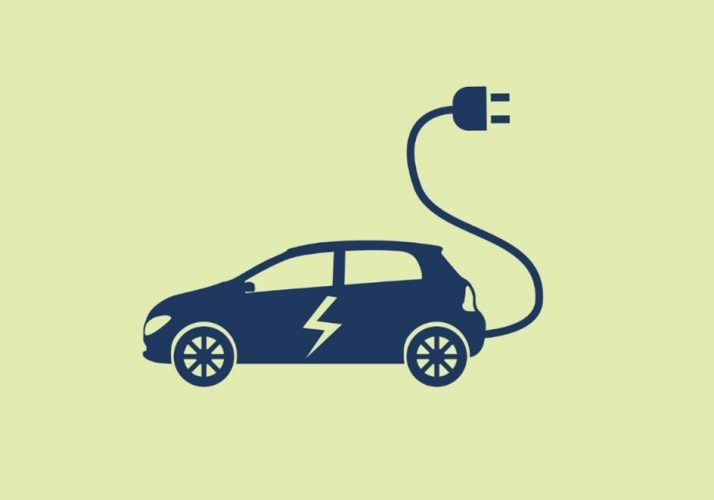
When you think of buying a new electric vehicle? Here’s what the numbers say:
According to estimates, during the first half (H1) of 2021, 2.6 million electric vehicles (EV) were sold globally, an increase of ~168% from H1, 2020.
This was despite shortage of components and pandemic led production disruptions.
In fact, the growth in sales of EVs exceeded global car sales which was up 26% as demand was seen returning after easing of lockdowns in many markets. However, overall car sales are still below pre-pandemic levels.
Check out our deep dive into the EV industry below.

As evident from the chart above, we can see that EV penetration is highest in Europe and China, as shown by the green dot. China, with 4.5 million electric cars in 2020, has the largest fleet, though Europe had the largest annual increase to reach 3.2 million in 2020. In 2020, the global EV stock increased 43% over 2019, reaching 10 million units.

In Europe, the overall car market shrunk 22% in 2020 but EV sales share was 10%, more than double from last year. Notably, electric cars in Norway reached record sales share of 75%, up about one-third from 2019, as can be seen from the chart above.
New car sales in China were down only about 9% out of which electric car sales was 5.7%, up from 4.8% in 2019.
The US car market contracted 23% in 2020, and EV sales fell less than the rest of the auto market.
In all these countries, majority of the EV sales constituted of battery electric vehicles (BEVs).
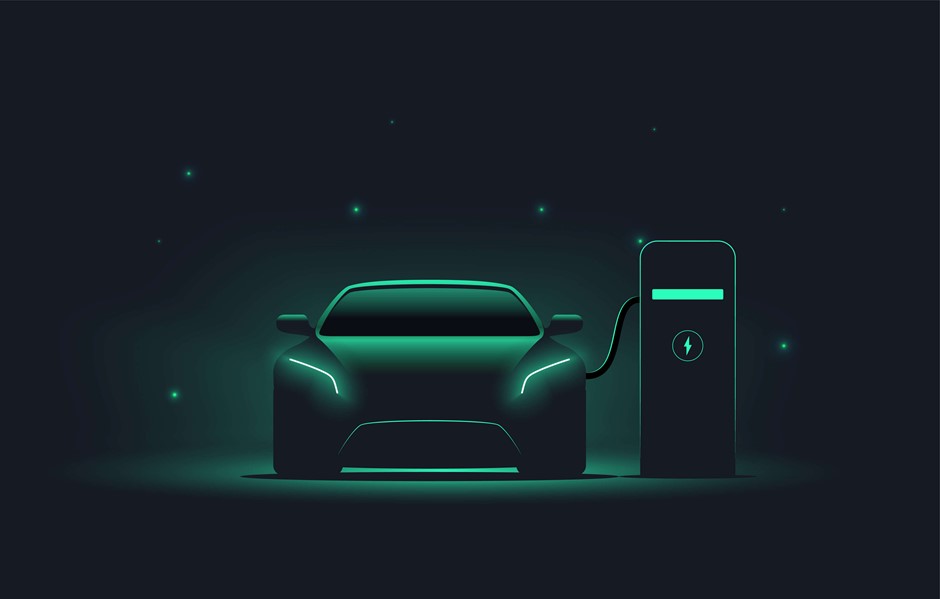
Until recently, only a rare few companies manufactured electric vehicles. Today, every major automobile manufacturer is venturing into the electric vehicle space. This is because EVs are becoming more competitive on a total cost of ownership basis. Moreover, governments are also providing fiscal incentives to boost sales.
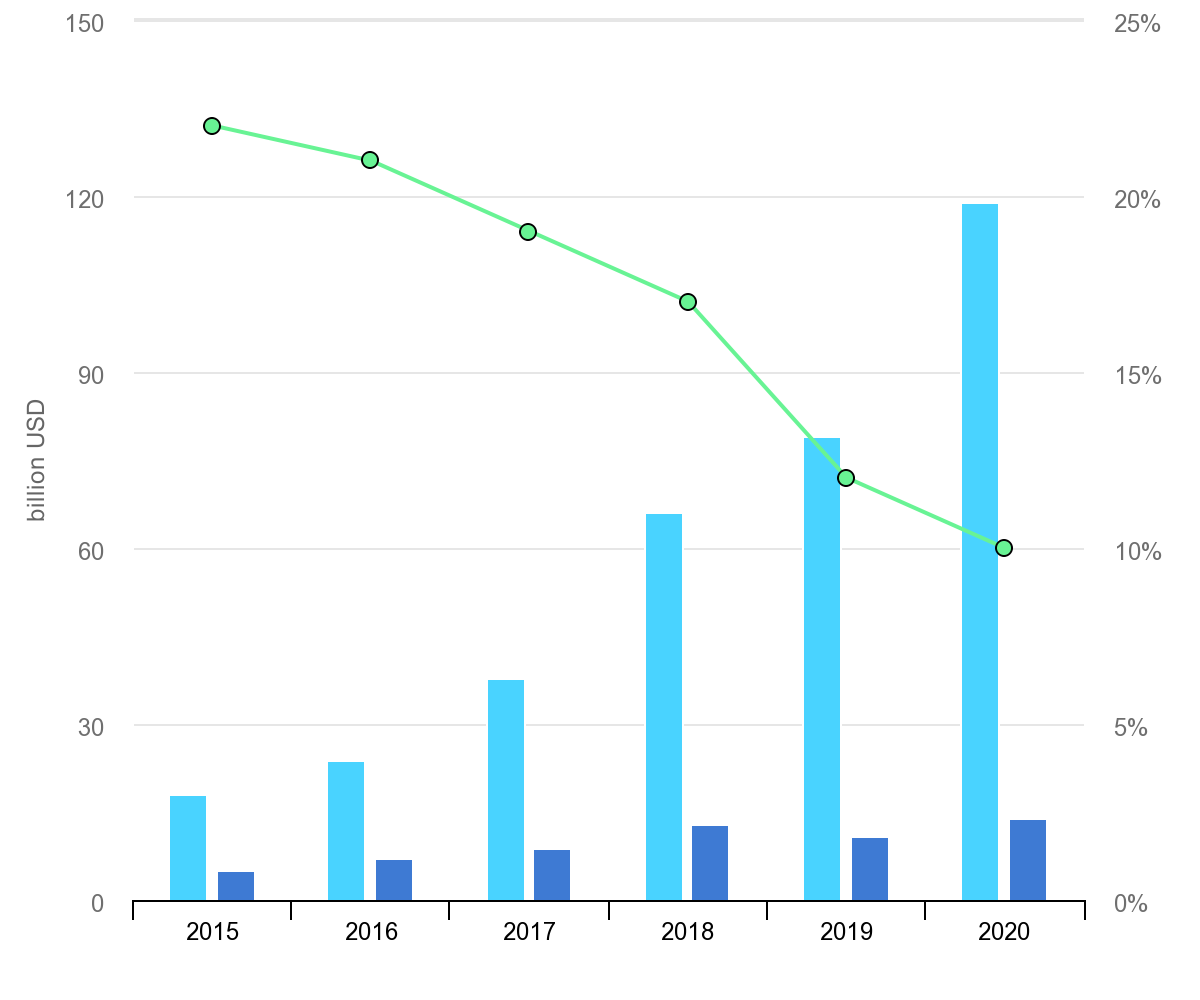
Consumer spending on electric cars has been rising over the years. According to IEA, consumers spent 50% more on EVs than in 2019. At the same time, government spending has seen a 25% YOY rise.
The EV boom has been growing for some time now, and as value investors, we must follow Buffett’s principle of never investing in a business that we don’t understand.

So, let’s try to understand the electric vehicle industry.
WHAT IS AN ELECTRIC VEHICLE?
If someone asked you to define an electric car, what would you say?
You would say – It is a car which runs on battery instead of fuel.
Right?
Well, that’s correct, but there’s more. An electric vehicle doesn’t necessarily refer only to battery electric vehicles, although it includes them.
There are three main types of electric vehicles (EV):
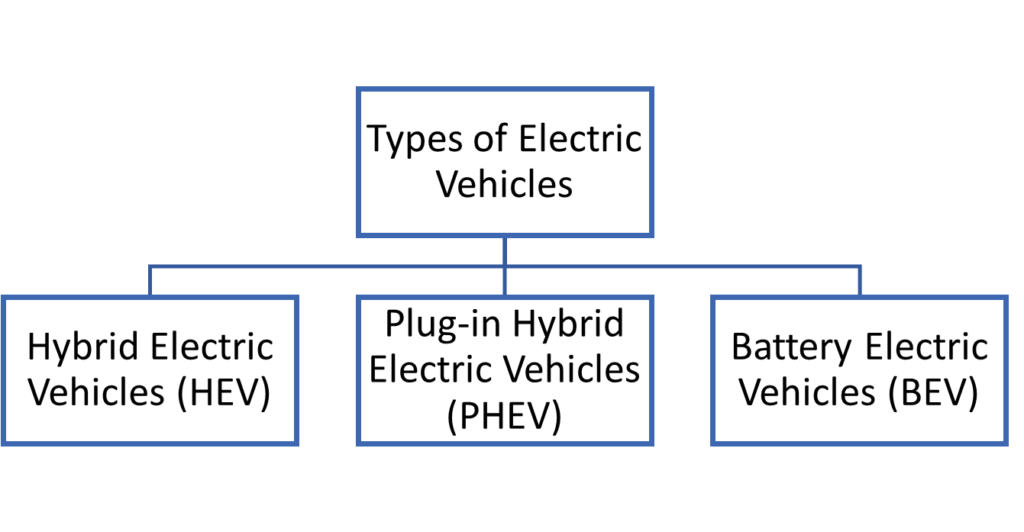
Hybrid Electric Vehicles (HEV): In HEVs, the conventional internal combustion engine (ICE) is combined with an electric motor and battery pack, reducing fuel consumption.
HEV technology automatically charges the battery through ‘regenerative braking’ (it is an energy recovery mechanism through which the wasted kinetic energy from slowing down a car is converted to charge the batteries) and activates the electric motor system when conditions are suitable. Hence, drivers do not have to monitor charge, or plug the cars into power outlets.
Plug-in Hybrid Electric Vehicles (PHEV): Just like hybrids, PHEVs are powered by an internal combustion engine (ICE) and an electric motor. However, PHEVs have larger battery packs and more powerful electric motors than hybrids. This enables PHEVs to be driven in electric-only mode, switching the ICE off entirely.
PHEVs also charge the battery automatically and can switch between ICE and electric power based on driving conditions. Additionally, the driver has the option of topping up with both fuel and electricity. If the battery charge is used up, the PHEV can run completely on fuel and vice versa.
Battery Electric Vehicles (BEV): These cars are powered exclusively by electricity, with their electric motors drawing current from the onboard battery packs. These cars are considered to be truly “all-electric”. BEVs do not have an ICE. The batteries in these cars are much larger in capacity and output compared to the HEVs and PHEVs. This translates to BEVs costing more than the other 2 types of EVs. BEVs can be charged through a home charger, or a faster charging station or energy recouped by regenerative braking.
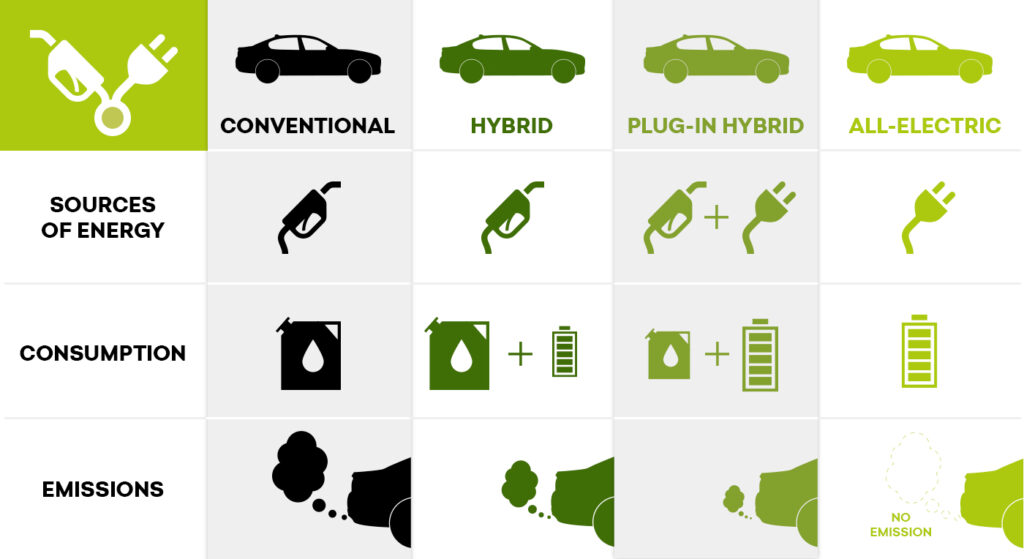
One other type of EV is the fuel-cell electric vehicle (FCEV) which uses on-board fuel cells to generate electricity from hydrogen and oxygen and power an electric motor. A fuel-cell vehicle only takes a few minutes to refuel, has a range of about 600 km, and emits only water from its exhaust.
Electric vehicles were chiefly devised as a greener replacement of the conventional ICE which causes significant pollution.
WHAT ARE THE KEY RAW MATERIALS USED IN AN ELECTRIC VEHICLE?
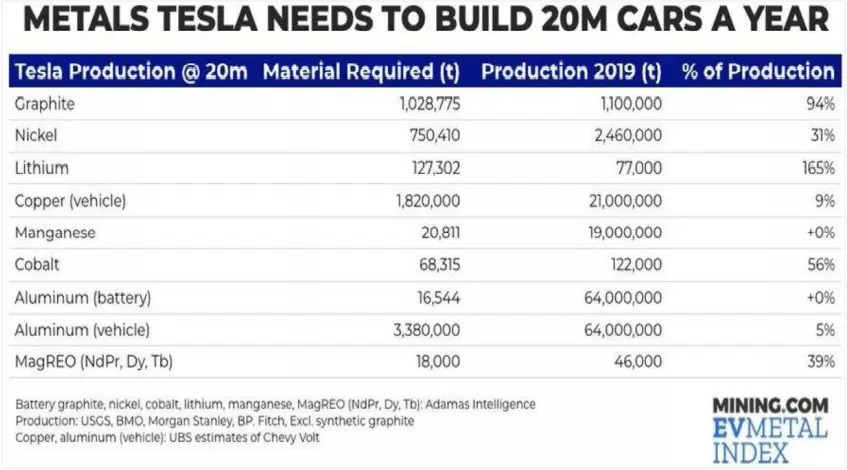
THE KEY MATERIALS USED IN EV BATTERIES ARE:
- Lithium
- Cobalt
- Nickel
- Manganese
- Graphite
- Silicon
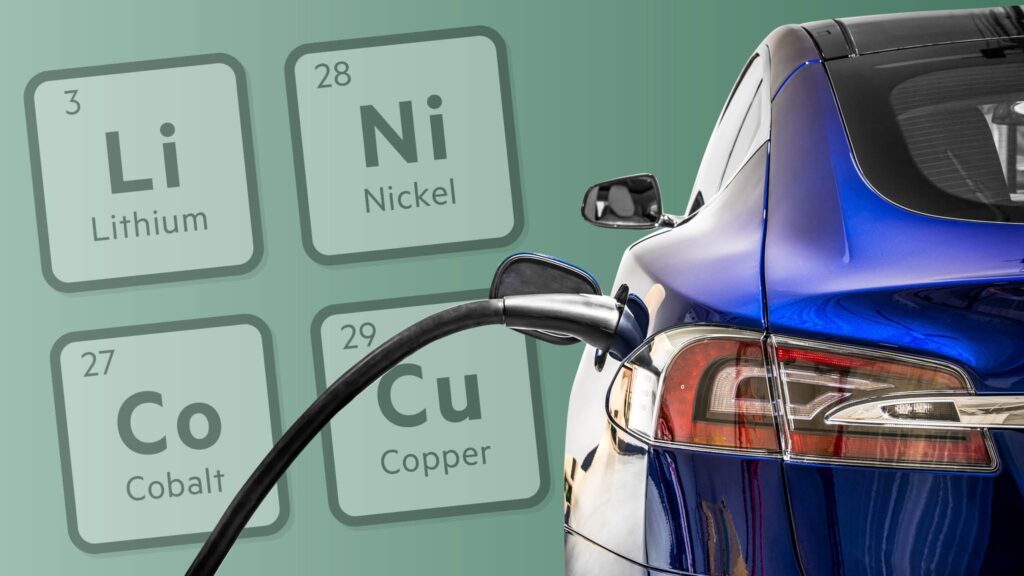
The composition of metals may vary depending on the battery type and model of vehicle, but a single car lithium-ion battery pack (of a type known as NMC532) could contain around 8 kg of lithium, 35 kg of nickel, 20 kg of manganese and 14 kg of cobalt, according to figures from Argonne National Laboratory.

China accounts for >60% of the world battery capacity.
Asia dominates manufacturing of lithium-ion cells (80%) and China accounts for over 60% of the world’s battery capacity. Many Chinese companies such as CATL, Funeng Technology, BYD and Tianjin Lishen have invested heavily in “mega factories” (i.e., battery manufacturing plants with outputs of at least 20 GWh) – and Korean companies LG Chem and Samsung have also opened mega factories in China.
THE 5 MAIN TYPES OF EV BATTERY ARE:
- Lithium cobalt oxide (LCO)
- Lithium nickel manganese cobalt oxide (NMC) – used by Nissan, Chevrolet, BMW
- Lithium nickel Cobalt Aluminium (NCA) – used by Tesla
- Lithium Iron Phosphate (LFP)
- Lithium Manganese Oxide (LMO)
From all the possible compositions, car makers prefer lithium-cobalt combinations. As a result, NCA and NMC batteries are the most prevalent in EVs. Cobalt has some traits which make it a stable battery element:
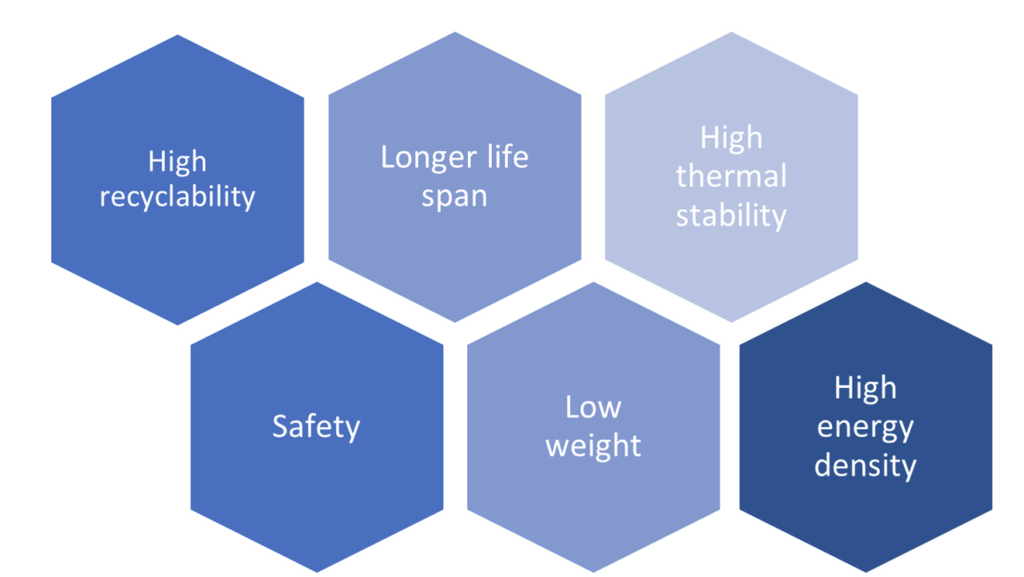
- High energy density
- Longer life span
- High thermal stability
- Safety
- Low weight
- High recyclability

Not only do lithium-cobalt batteries allow EVs to travel farther, but they also improve safety and sustainability.
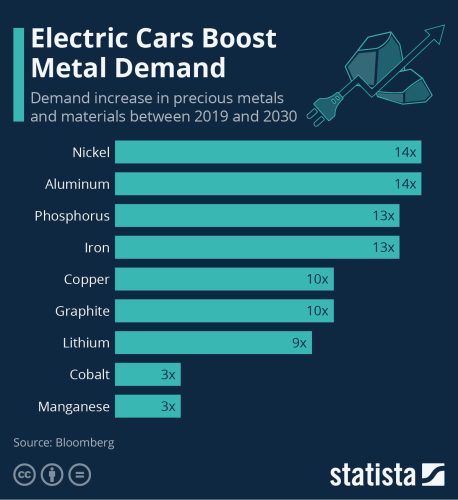
As the adoption of EV grows, it will mark a “shift from a fuel-intensive to a material-intensive energy system” as per the International Energy Agency (IEA). This will require massive amounts of minerals to be mined.

75% of the world’s lithium is concentrated in Argentina, Bolivia, and Chile. The Democratic Republic of the Congo (DRC) is the world’s dominant source of cobalt (65%). Mineral extraction in these regions is rife with environmental degradation and human rights abuses.
However, carmakers are trying to reduce the cobalt content in their batteries because:
- It is a by-product of copper & nickel mining making it harder to procure.
- It is expensive
- Cobalt mining in Congo is associated with child labor, tough conditions, and corruption.

They are also working on ways to improve battery recycling, so that the valuable metals spent in car batteries can be efficiently reused.
Although efforts are being made to reduce the cobalt content in batteries, the lithium-cobalt combination remains the optimal technology for EV batteries.
[This is Part I of a two-part series. In Part II of this article, we explore topics like the costs involved in the EV space, the pros and cons of the industry, the next steps for investors and much more. Happy Reading!]
DISCLOSURE
The above article is for educational purposes only. Under no circumstances does any information provided in the article represent a recommendation to buy, sell or hold any stocks/asset. In no event shall ViA or any Author be liable to any viewers, guests or third party for any damages of any kind arising out of the use of any content shared here including, without limitation, use of such content outside of its intended purpose of investor education, and any investment losses, lost profits, lost opportunity, special, incidental, indirect, consequential or punitive damages resulting from such unintended use.










